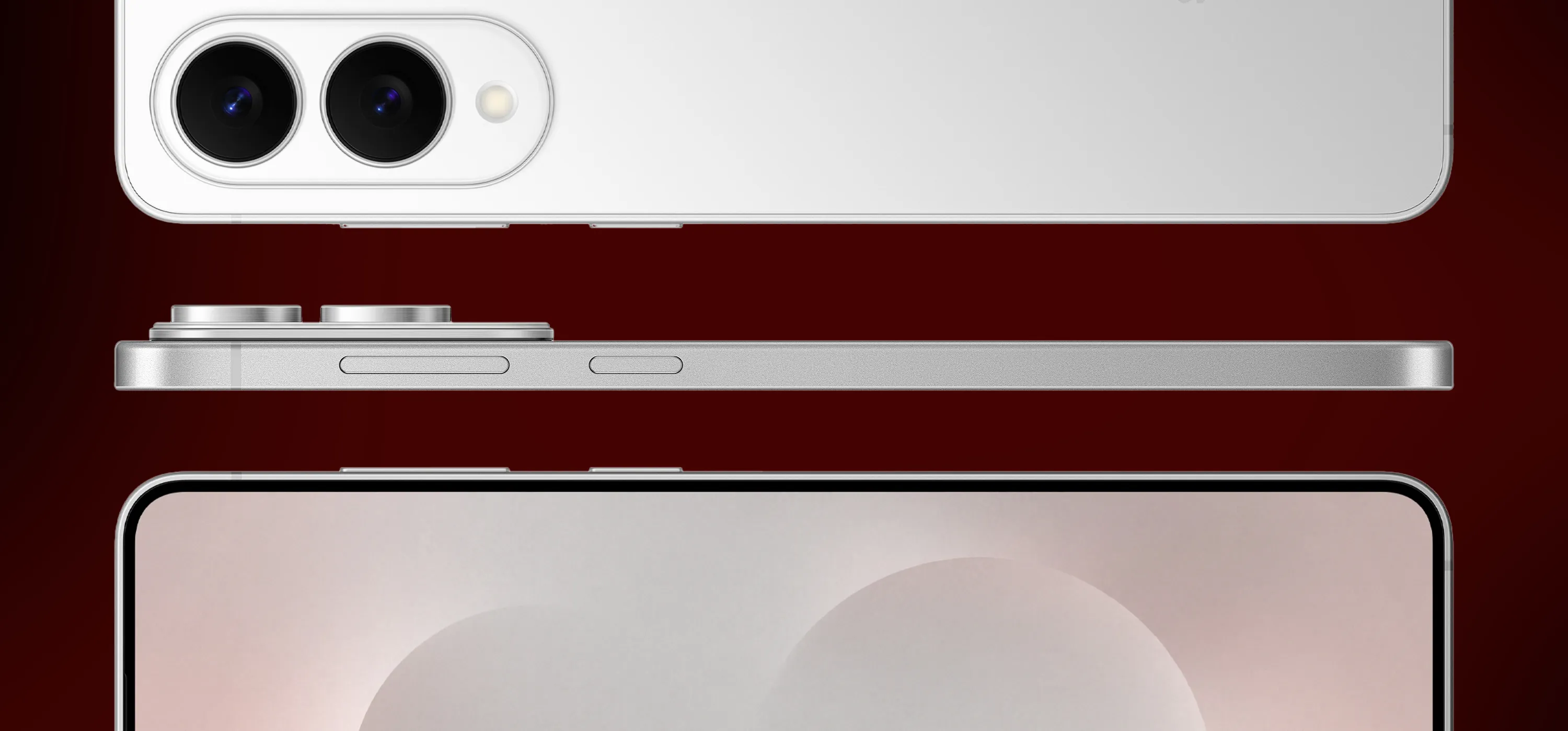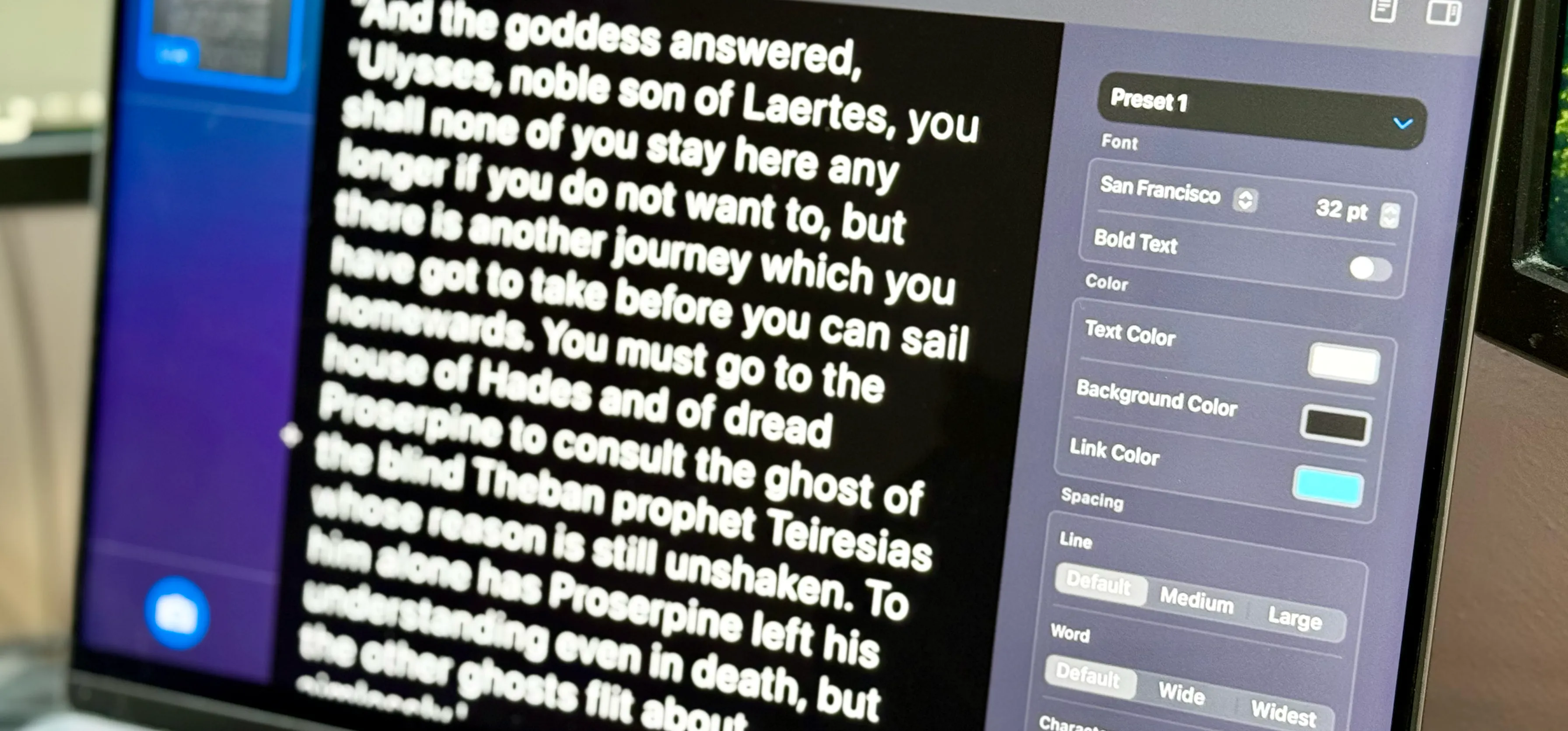How-To Guides about After Effects


how to
How to Turn A Flat 2D Image into 3D


how to
How to Smash Someone into a Million Pieces in After Effects and 3ds Max


how to
How to Create Your Own Portals (Like in the Game) Using Adobe After Effects






























Featured On WonderHowTo:
Productivity & Shortcuts










Featured On WonderHowTo:
Music & Audio










Featured On WonderHowTo:
Augmented Reality










Featured On WonderHowTo:
Gaming












































































































































































































